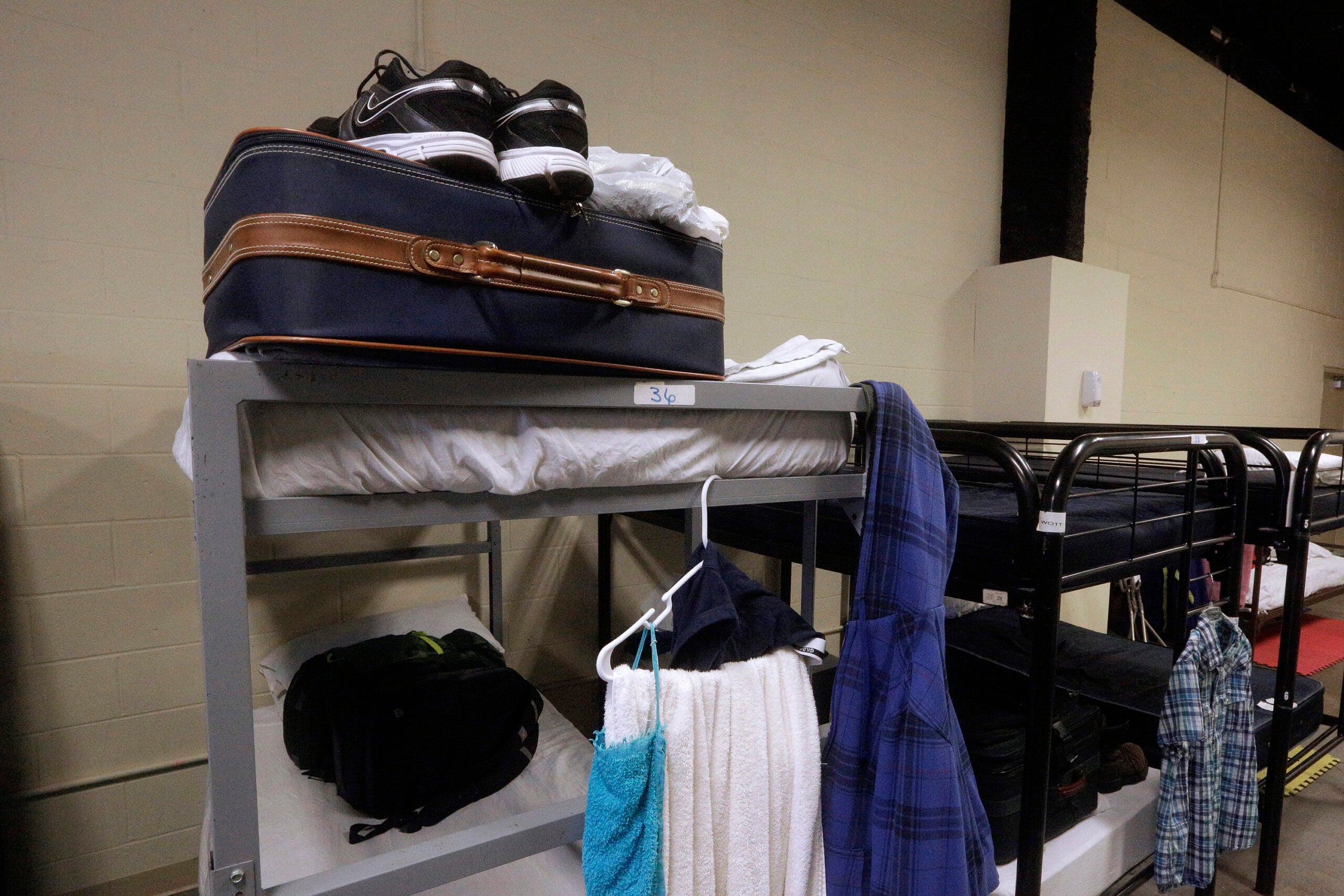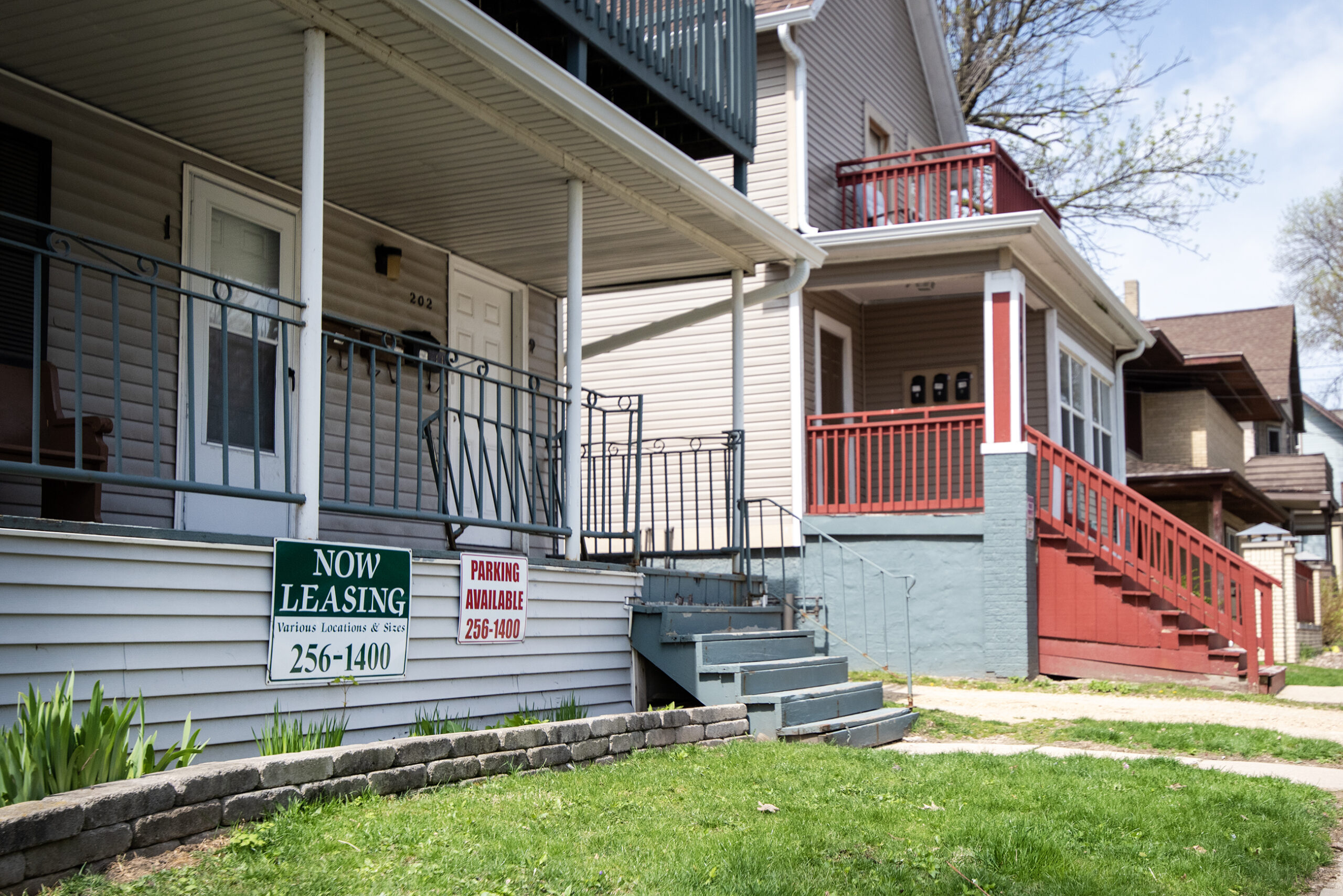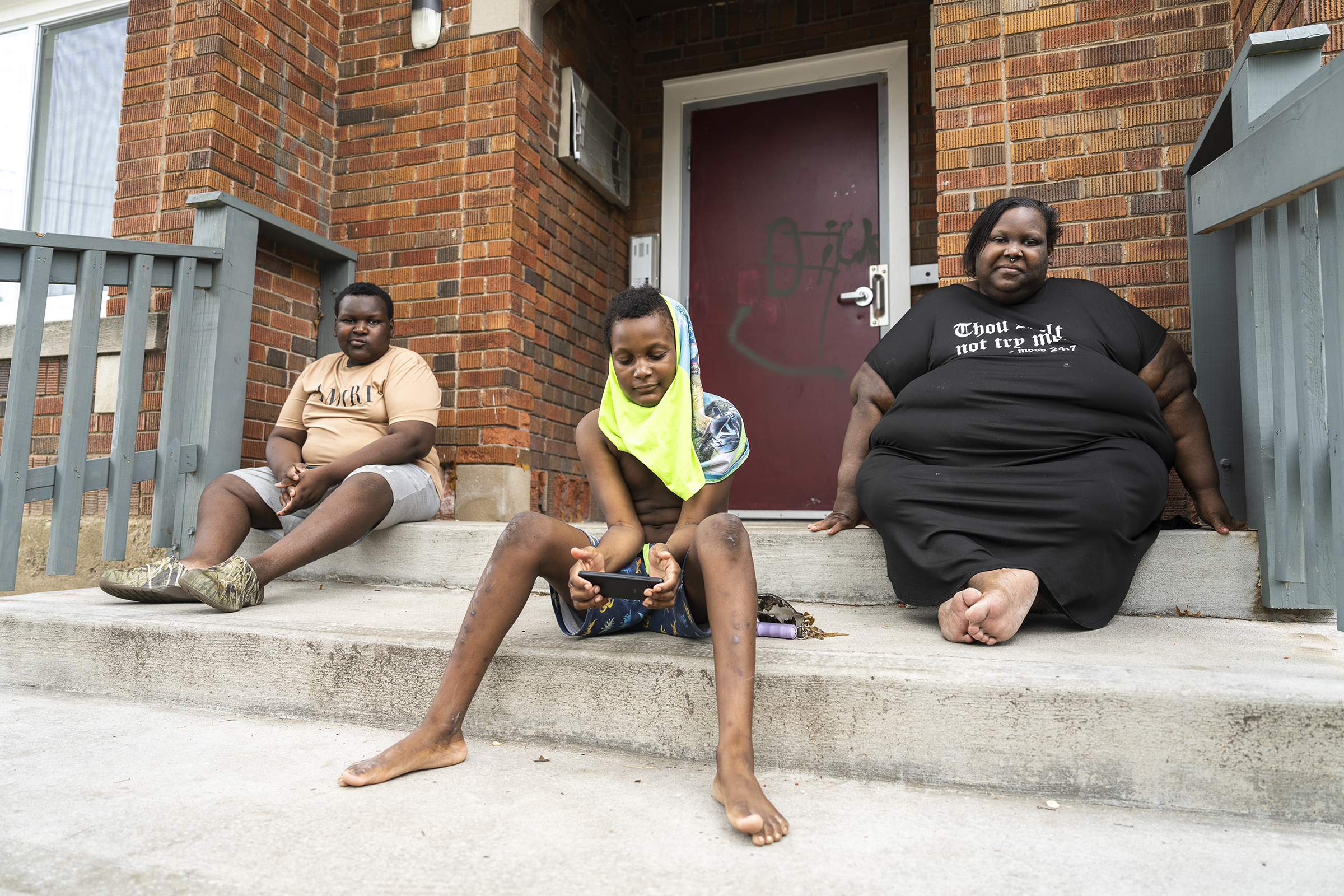A report released this month from the University of Wisconsin-Madison found race is a key factor in understanding evictions in Dane County.
The report, Evictions in Dane County, Wisconsin: A Collaborative Examination of the Housing Landscape, found nonwhite neighborhoods had the highest number of eviction filings from 2000 through 2015. All but one of the 10 most nonwhite neighborhoods in the county have an eviction filing rate well above average for block clusters between 600 and 3,000 people, according to the report.
The data does not surprise Brenda Konkel, executive director of the Tenant Resource Center, because her organization – a Madison-based nonprofit that helps tenants and landlords have positive relationships – works mostly with minorities.
News with a little more humanity
WPR’s “Wisconsin Today” newsletter keeps you connected to the state you love without feeling overwhelmed. No paywall. No agenda. No corporate filter.
“We serve 50 to 60 percent people of color in our programs, but those are Dane County numbers, and that doesn’t match the people of color in Dane County,” Konkel said.
Census data shows people of color make up 14 percent of Dane County’s population. However, most eviction cases come from six block clusters with mostly minority residents, according to the report.
Of the 10 most nonwhite neighborhoods, Allied Drive and Southdale/East Badger Road have the highest number of eviction filings. Allied Drive, which is 78 percent people of color, had 1,215 eviction filings during the 15-year span. Southdale/East Badger Road is 67 percent nonwhite and had 1,261 eviction filings during that time.
There were 40,439 eviction cases in Dane County from 2000 to 2015, with an average of 2,527 cases per year, according to the report.
Another major finding is subsidized housing providers in Dane County are among the top eviction plaintiffs.
The two largest evictors are Wisconsin Management Company and Madison Property Management Inc., which make up 7 percent of all eviction filings from 2000 to 2015, according to the report.
Wisconsin Management Company filed 1,389 evictions from 2000 to 2015, and Madison Property Management Inc. filed 1,444.
Changes to Wisconsin’s landlord-tenant laws have also affected the eviction process, according to the report.
Wisconsin Act 108 prevents local governments from limiting the type of information a landlord can access about a current or prospective tenant, including criminal history unrelated to housing. It also doesn’t limit how far back a landlord can look into a tenant’s rental or criminal history.
Filed evictions don’t always end in an eviction. If a case doesn’t end in an eviction, the record of the filed eviction can be accessed through Wisconsin’s Circuit Court Access online for two years.
“There are many landlords in this community that will use the mere filing of an eviction without any further investigation into the merit of that eviction as an indicator of negative rental history and deny you housing based on that,” said Heidi Wegleitner, attorney at Legal Action of Wisconsin, which offers free legal services to low-income people.
The eviction data in the collaborative report between graduate students in the Department of Urban Regional Planning and the Tenant Resource Center.
Wisconsin Public Radio, © Copyright 2025, Board of Regents of the University of Wisconsin System and Wisconsin Educational Communications Board.




